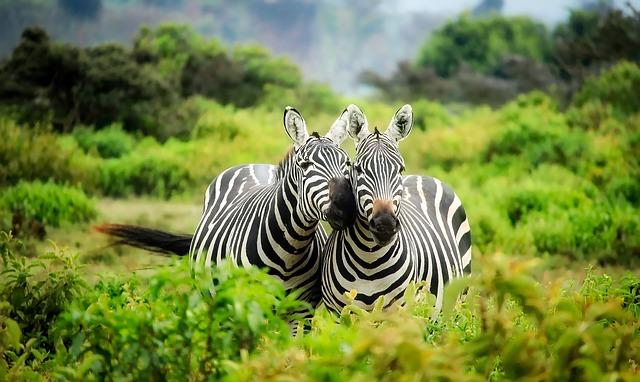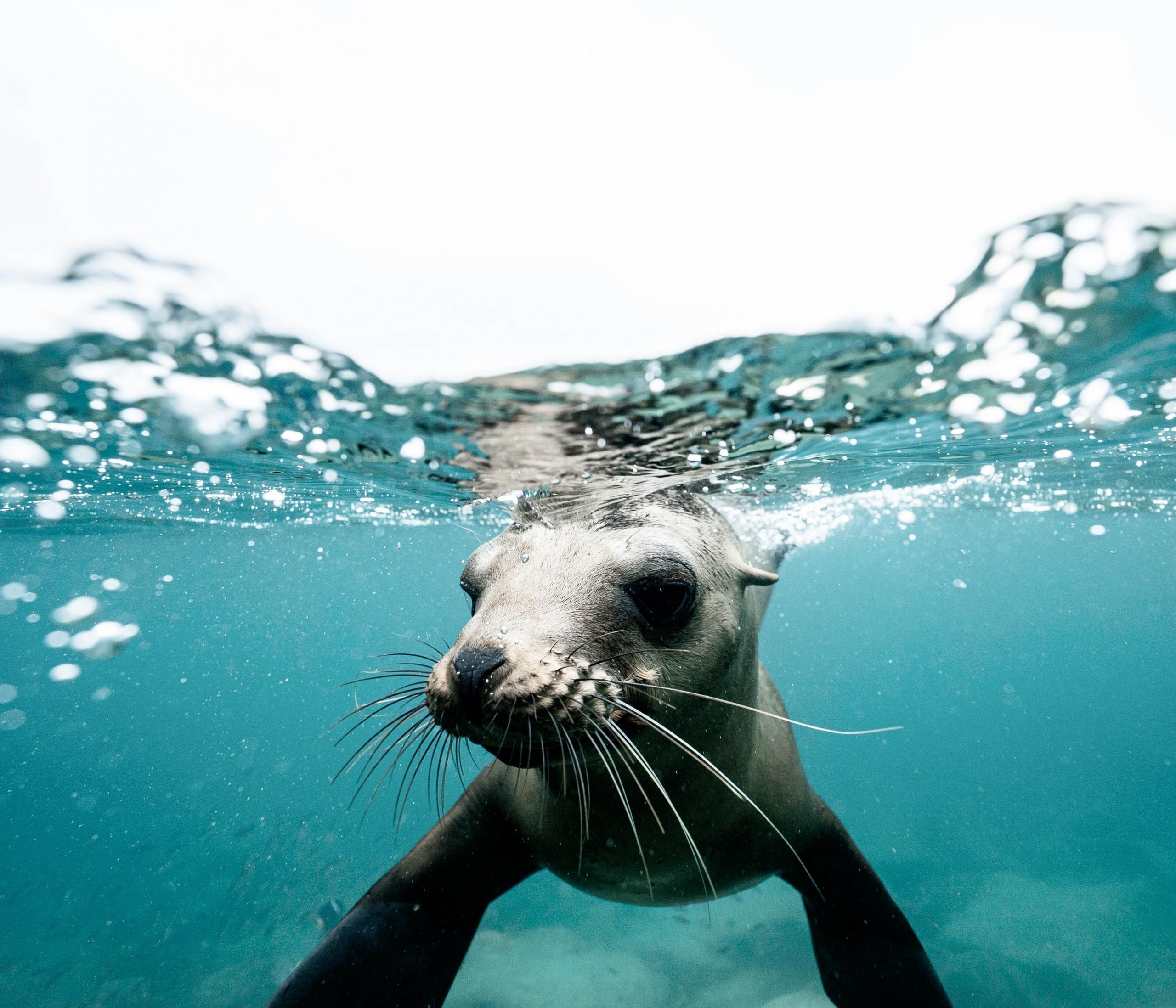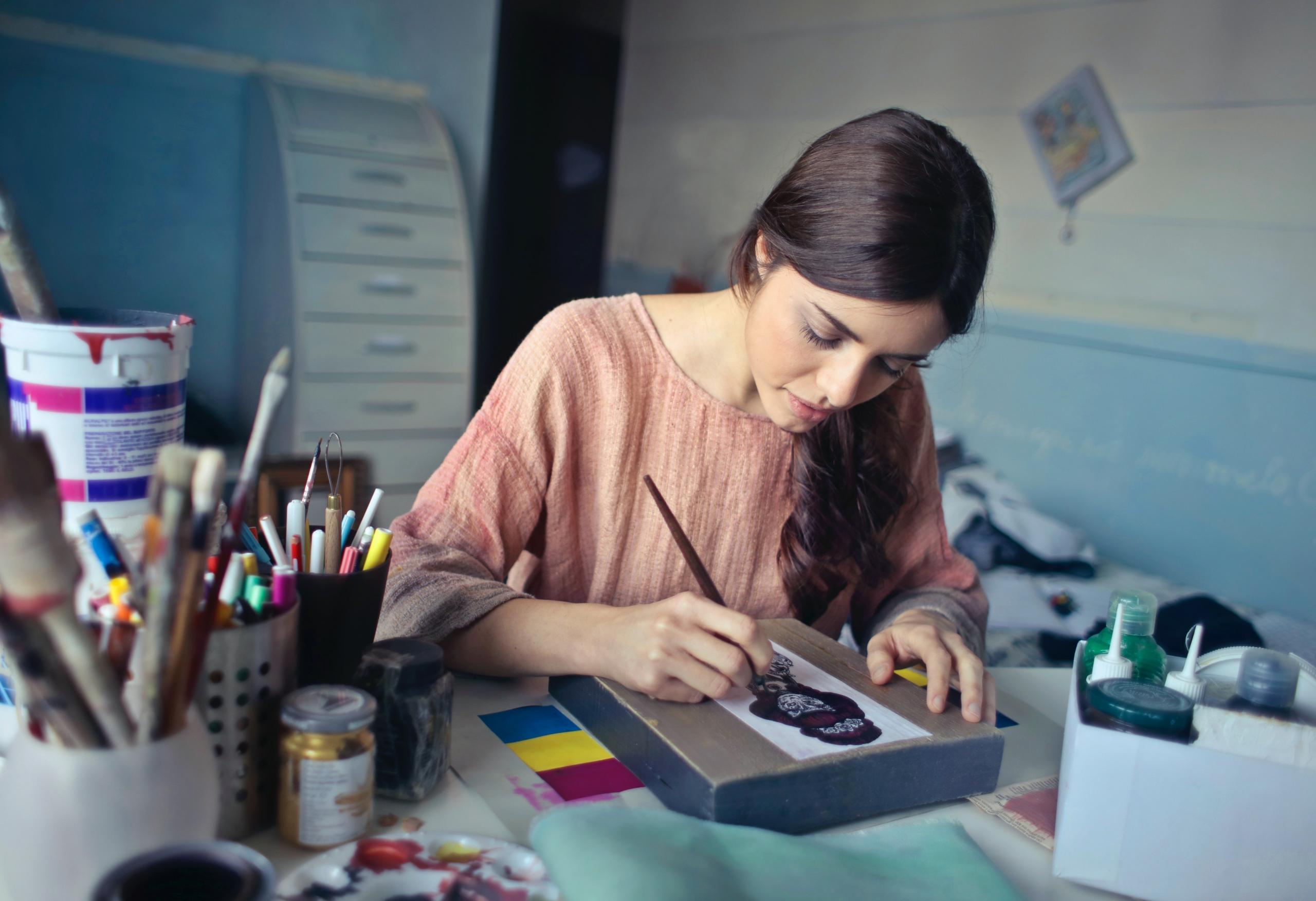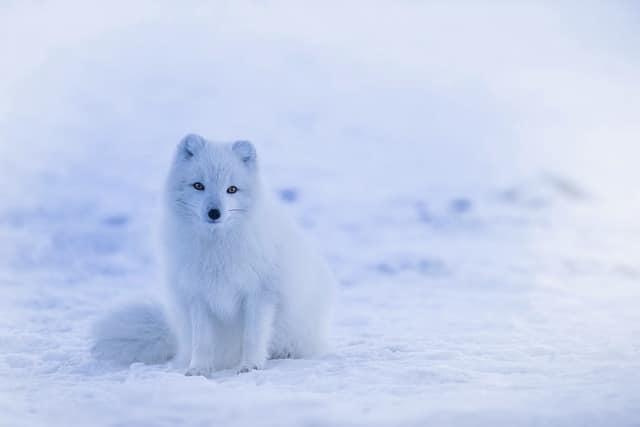"All I really wanted to do was wildlife photography." -Nigel Dennis
If the idea of spending hours observing the animal kingdom in their natural habit is appealing to you and you also have an artistic streak, then you might be destined to be a wildlife photographer.
The job of the nature photographer is to dedicate their life to capturing breath-taking images of fauna and flora in their natural environment. Wildlife photos should be able to help viewers imagine that they are in the wild, immersed in what they do not see experience in day-to-day life.
The dedication that is required to pursue a job in wildlife photography means that it is not for everyone. Taking photos of wild animals can require hours, days, and even months of waiting for the perfect shot.
Of course, you could specialise in many other areas like advertising photography, or fashion photography, but if you are interested in how to begin a career as a nature photographer, keep reading as this article is for you.

Where to Start as a Wildlife Photographer
There’s no doubt, animal photography is specialised. It is a job that requires experience, knowledge, and training.
Having said this, much like most careers in the field of arts, raw talent plays a critical role. In many cases, the nature photographer is self-employed and works on a freelance basis. Their success depends on being able to deliver outstanding photos of wild animals regardless of the kind of training that got them there.
Everybody needs to make a living, so the questions are, how does animal photography or taking wildlife photos pay the bills?
Because the nature photographer needs to be both knowledgeable and skilled about taking wildlife photos, there are a number of steps that should happen before being able to work professionally.

Here are some important tips for becoming a wildlife photographer.
- Become a photography expert: whether online, in magazines, or on TV, those outstanding wildlife photos do not happen by chance and they are very seldom snapped by cell phones. These shots are the result of years of hard work, practice, and learnt skills. The first step to taking brilliant wildlife photos is to learn the fundamentals of photography and master complex skills like blur photography to capture moments and photos of wild animals in action with clarity.
- Adapt to the great outdoors: as an aspiring nature photographer, you will need to focus on thriving in wilderness conditions. So apart from your technical skills like lighting, shutter speed, aperture, and post-production, you will need to know how to prepare for harsh weather, native inhabitants, carrying heavy gear, and exercising patience.
- Marketing yourself: to become known for your photos of wild animals you will need a fantastic portfolio and a network of people who could help you to achieve success. Making the effort to contact magazines and websites with your portfolio is important. It is also recommended that you set up a professional-looking website that showcases your talent and provides a place for people to contact you. There’s also the option to make use of places like iStock, Shutterstock, and Bigstock to sell your pictures.
Making a name for yourself in wildlife photography takes time and perseverance. Nevertheless, it is achievable by following the three abovementioned steps!
Not everyone finds the rough conditions required for animal photography appealing which is why photography is such a diverse career where you could specialise in portrait images, wedding photography, and sports photography.
The Best Equipment for Wildlife Photography

Just like construction workers need heavy machinery and chefs need knives, photographers need camera gear to produce high-quality images. However, a quality camera is not all that a professional photographer needs to get the job done.
The kind of equipment you will need depends on the type of photography that interests you. Taking photos of wild animals requires different equipment to what you would need for fashion or advertising.
Apart from the camera body, the following list is highly recommended for the wildlife photographer.
- Binoculars: before brilliant wildlife photography shots are taken much time is spent waiting for the animal! An essential item to help in this regard is a pair of 10 x binoculars that are preferably waterproof.
- Telephoto Lens: in the case of animal photography, zoom lenses are highly recommended. One with a 400mm range will help you to take pictures of subject matter that is probably going to be far from you, that you can be proud of. Try out the Canon 100-400, Sony 100-400, and the Nikon 200-500 before you invest. A good place to shop and compare prices would be a website like Amazon.
- Tripod: another essential item for your comfort, and also to avoid camera shake is a sturdy tripod suited to rough terrain. On a long day of shooting, many hours can be spent waiting and watching for animals to appear, save your energy by having a tripod hold everything in place and ready for that critical moment.
- Rain Cover: being prepared for changing weather conditions is extremely important especially when you need to protect expensive camera gear. Invest in a rain cover to avoid unfavourable conditions like rain or dust destroying your equipment.
While all of these are of primary importance, don’t forget to put a gimble, teleconverter, and camera lens bag on your list too. Any leading photography retailer could supply all these needs.
Useful Tips for Animal Photography Beginners
The best thing about a picture is that it never changes, even when the people and things in it do." - Andy Warhol
When it comes to artistic talent, many are born with it while others have to work extra hard to be successful. Andy Warhol is an example of someone who was born to be an artist; everything he attempted became an iconic masterpiece. Warhol saw splendour in the simplest things and greatly appreciated photography as a form of art.

Not everyone is gifted in this way. Fortunately, for those who want to become better at painting, drawing, sculpting, or photography, helpful advice from experienced individuals is available.
Gaining a learnt skill through training is more valuable than expensive camera equipment because a skill is something that you can never lose. So whether you are into fashion, events, advertising, or want to become a nature photographer here are a few useful tips from the professionals.
- Leverage Good Lighting: often, the best photographers in the world are quick to claim that they shot their best images during "golden hour." So when is this magical golden hour? It is the time just after dawn and again, just before sunset. It is during these precious moments of the day that this soft light can have the most amazing effect on landscape scenery, buildings, and even people. During golden hour, even composition does not need to be perfect to produce a great image.
- Get Artsy: by taking various other art classes that specialise in subjects such as oil painting, watercolours, or sketching, you can gain skills that you could transfer to your photography. Examples of these include an eye for detail and composition. Many people wonder about composition which can be described as the structure of an image within a frame. Knowing how to include certain elements in this structure, or composition can be learnt during art classes of any nature.
- Use Traditional Film: when photography beginners are restricted to using film with a set of numbered shots, they become much more selective and therefore focus more carefully on their subject before hitting the shutter button!
- Move Around: staying in one position is not always preferable for photography. For instance, experts agree that moving around, bending to different heights,s and even lying on the ground to achieve different angles is highly beneficial. Sometimes even just a few degrees here and there can make all the difference to achieving something special.
Finally, once you have the basic technical skills mastered, photography is all about time with your camera, in your favourite environment. So if that is the wild, make sure that you are well prepared and equipped and take the time you need to practice your skills and develop your own inimitable style.
By following the advice and tips from this article, you could soon be on the road to making a name for yourself in wildlife photography and thus even contribute to the noble cause of conservation.















